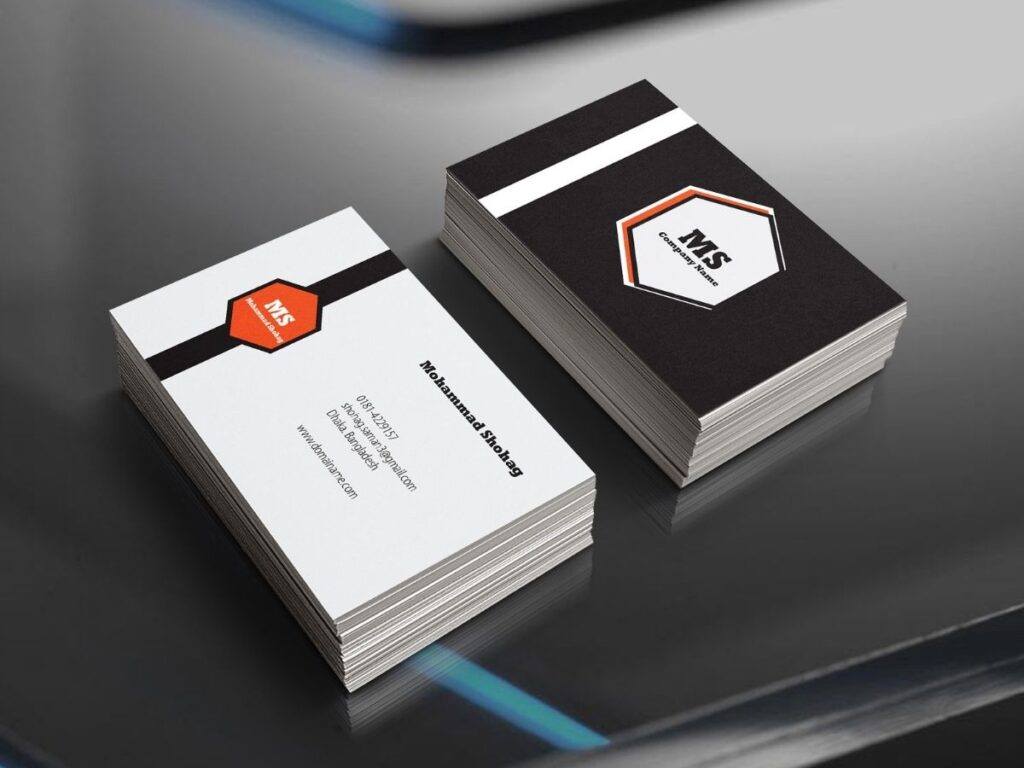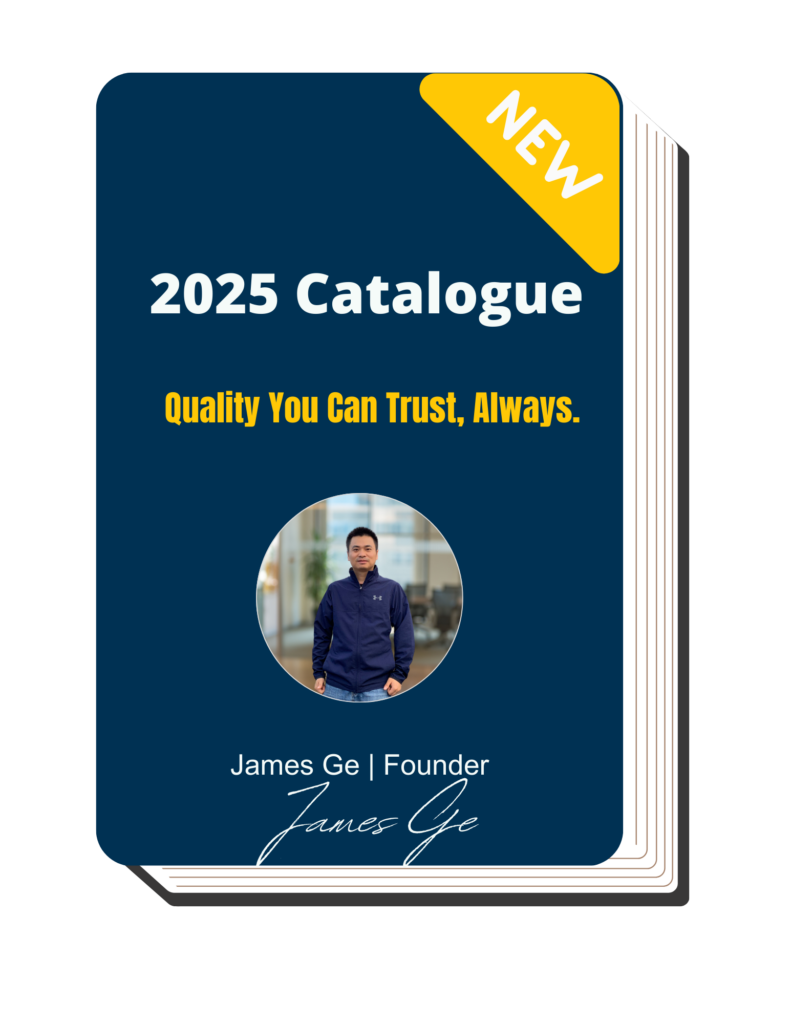I used to think I could find everything online. Freight brokers, warehouse partners, amd cross-border solutions.
But I kept running into the same problems:
Slow replies, poor service, and partnerships that fell apart the second there was a delay. It wasn’t until I walked into a logistics expo with face-to-face and real-time conversations.
TransRussia gives you a chance to do just that.
In this guide, I’ll walk you through:
- What’s inside the event
- How it works
- Whether it fits your business goals
You’ll walk away knowing if it’s worth the flight or if your answers lie somewhere else.
Let’s start!
1. Event Overview
Before you book your ticket or block out your calendar, it helps to understand what TransRussia really is.
This isn’t just another trade show. It’s Russia’s largest transport and logistics exhibition. Every year, it brings together thousands of supply chain professionals.
I didn’t realize how wide the logistics field was until I attended an expo like this. Walking in, I saw companies offering cold chain solutions for food. A few steps later? A full-sized trailer model meant for cross-border mining hauls. You don’t just learn here. You see what’s possible.
Let’s walk through the essentials so you can picture the experience.
What Is TransRussia?
TransRussia is a 3-day event hosted in Moscow. It’s built for professionals in transport, freight, supply chain, and warehousing.
It takes place at Crocus Expo, one of the biggest exhibition centers in Eastern Europe. You’ll be visiting Pavilion 3, which is easy to find and well-connected by Moscow’s metro system.
The event isn’t small. Expect over 400 exhibitors showing solutions for every part of the shipping journey: from raw materials to final delivery.
This includes SkladTech, a special section focused on warehouse equipment and automation. If you deal with storage, packing, or moving goods within a facility, this part is worth your time too.
Here’s what you’ll find on the show floor:
- Freight forwarding companies
- Road transport (trucks, trailers, route planners)
- Rail shipping options
- Air cargo services
- Sea shipping lines and port operators
- Customs services and cross-border help
- Container companies and terminal providers
- Software for logistics planning and automation
- Smart warehouse systems like lifting tools, conveyors, storage racks
Key Details
To help you plan, here are the basics:
- Dates: March 17 to March 19, 2026
- Location: Pavilion 3, Crocus Expo Centre, Moscow
- Opening Hours:
- March 17 and 18: 10:00 AM to 6:00 PM
- March 19: 10:00 AM to 4:00 PM
Planning to attend all three days? That’s usually best for B2B visitors. Day 1 is good for meetings. Day 2 is great for walking and exploring. Day 3 is shorter, so it’s often used to close deals or revisit booths you liked.
Why It Matters
So why is this event different from a regular supplier search online?
Because real conversations happen here. And real partnerships often begin face to face.
You’ll meet people who run operations across rail, road, and port networks. You’ll get answers that aren’t always found in brochures. And if you’re like me, you’ll leave with more contacts than you planned for.
2. Pre-Event Preparation
You’ve decided to go. That’s a great first step.
Now, it’s time to prepare.
Without a little planning, events like TransRussia can feel overwhelming. Big crowds. Long rows of booths. Too many people and not enough time.
But with the right prep, you’ll walk in with focus. You’ll know who you want to meet and what questions to ask.
Let’s go over the three main things to do before you even leave home.
Register Early
Start here. TransRussia offers online registration for visitors. It’s fast, simple, and saves you trouble at the door.
Go to the official website and sign up. After you fill in your details, you’ll get a confirmation code or electronic ticket. Here’s what to do next:
- Save the confirmation in your email
- Download the PDF ticket to your phone
- Print a hard copy, just in case
I’ve seen people turned away at the door because they couldn’t pull up their ticket. Slow Wi-Fi or phone battery issues. Don’t let that happen to you.
Once your ticket is ready, it’s time to move on to the next step.
Get Your Travel in Order
Traveling to Moscow takes a little coordination. Don’t leave it to the last minute.
| Item | What You Need to Know | Notes |
| Visa | Apply early for a Russian business visa | Check processing times in your country |
| Hotel | Book near Crocus Expo (e.g., Aquarium Hotel) | Limited rooms, book in advance |
| Transportation | Use Moscow Metro or arrange a taxi | Metro station: Myakinino |
| SIM/Wi-Fi | Get local SIM or portable Wi-Fi | Useful for maps and translations |
| Event Ticket | Register online, print or save on phone | Don’t rely only on email access |
Travel can be stressful. Planning these basics will help you stay focused once you’re there.
Research Exhibitors in Advance
Walking into a big expo without a plan is like walking into a warehouse with no labels. You’ll get lost fast.
That’s why it helps to study the exhibitor list ahead of time. You can find it on the official TransRussia site.
Look for companies that match your business needs.
For example:
- Are you a food supplier? Search for cold chain logistics providers
- Do you ship overseas? Check the list for maritime carriers or container services
- Need better warehouse tools? Explore SkladTech for lifting equipment, storage racks, and automation
Create a simple shortlist. Here’s how I do it:
- Company name
- Booth number
- What I want to ask or learn from them
You can use a notebook or a notes app on your phone. Don’t rely on memory alone. After a few hours walking the floor, it’s easy to forget who said what.
Also, some booths get crowded. If there’s someone you really want to meet, visit early in the day before things get busy.
Start Strong With a Simple Plan
Planning ahead doesn’t take much time. But it can make your entire visit more focused, less stressful, and more rewarding.
You’ll walk in ready to have real conversations. You’ll avoid common delays. And you’ll come home with answers not just business cards.
Next, let’s talk about setting your goals so you can measure whether this trip actually helped your business.
3. Setting Business Objectives Before the Expo
Once your travel plans are set, your ticket is in hand, and you’ve marked the date, it’s time to get clear on something more important, your purpose for going.
Without goals, an expo can feel like a blur. You might walk the floor, chat with a few exhibitors, pick up some brochures, and head home wondering what you actually got out of the trip.
I’ve made that mistake before. I flew out thinking I’d just “see what’s there.” I came back with a bag full of papers and no real leads. That experience taught me something simple: if you don’t plan what you want, you probably won’t get it.
So before you pack your bags, take a step back and ask yourself a few key questions.
Define Your Goals
Every business is different, but if you’re thinking about attending TransRussia, you’re probably facing one or more of these challenges:
- Are your current shipping costs getting too high?
- Do you need partners in Eastern Europe or the CIS (Commonwealth of Independent States)?
- Are delays or inefficiencies holding back your warehouse or logistics operations?
Maybe you’re expanding and need a freight partner who can handle new routes. Or maybe your existing supply chain is fragile, and you’re looking for backups you can trust.
Write down your answers. Be honest about where you are right now and what kind of help you’re hoping to find. Once you have that, you can turn those pain points into concrete goals.

Examples of Smart Goals
Not every goal has to be big. What matters is that it’s specific enough to take action on.
Here are some goals that fit well with what TransRussia offers:
- Meet at least five new freight providers who offer cross-border or long-distance shipping
- Compare three warehouse automation tools, ideally ones you can see in action
- Find at least one logistics partner who handles bulk transport for agriculture or mining
- Ask suppliers about delivery timelines, customs support, or region-specific challenges
- Learn how logistics software can better fit your workflow and order volume
Try to keep your list focused. 2 or 3 solid goals are better than 10 vague ones.
If part of your goal includes sourcing reliable transport partners or expanding your trailer fleet, Rhinotrail can help. We offer custom-built semi-trailers including container, flatbed, dump, tanker, refrigerated, utility, and low-bed models built for real road conditions and heavy-duty use.
Bring the Right Materials
With your goals in place, you’ll also want to carry the tools that help you get the most out of every conversation.
Here’s what I recommend bringing:
- Business cards: This one’s obvious, but don’t underestimate how fast they go. Make sure your contact info is correct and easy to read.
- A short company introduction sheet: One page is enough. Include a quick overview of your company, your industry, and what you’re looking for. It saves time and helps exhibitors remember you.
- Product or service catalogs (optional): These are helpful if someone asks, but keep them light. You can always send more detailed info after the event.
- Prepared questions: Go in knowing what you want to ask. Try:
- How long have you worked in this region?
- What’s your average shipping lead time?
- Do you offer customs handling or support for international loads?
These tools help you look professional and stay focused. But more than that, they show people you’re serious about finding the right partners.
4. How to Navigate TransRussia
So now you’ve set your goals. You know what you’re looking for. The next step is figuring out how to move through the expo without burning out.
TransRussia is big. Really big.
It’s easy to lose track of time, feel pulled in different directions, or end up spending your day at booths that don’t really help your business. That’s why having a simple game plan helps.
Pick the Right Zones First
Before you step onto the floor, decide where you want to spend most of your time.
TransRussia is organized by zones. Each one focuses on a different part of the logistics chain. Choosing your zones based on your business needs helps you stay focused.
Here are four main areas you might want to explore:
- Logistics Services: This includes freight companies, 3PLs (third-party logistics providers), and rail transport firms. If you’re moving goods across long distances or borders, this is a key zone.
- Port and Terminal Services: If you work with sea or inland waterways, this is where you’ll find companies that manage cargo through ports and customs.
- SkladTech: This section is for warehousing solutions. From racking systems to forklifts and automation tools, it’s perfect for anyone needing better storage, handling, or packing systems.
- IT and Automation: This is where you’ll find logistics software, tracking tools, and automation systems. If you’re thinking about digital upgrades, this zone matters.
Knowing your priority zones makes the expo feel smaller and more manageable.
Use the Floor Map Wisely
Once you’ve chosen your zones, download the event floor map.
You can usually find it on the TransRussia website before the show. Print it out or save it on your phone. Then do three things:
- Highlight booths that matter to you
- Write down their booth numbers
- Plan your walking route so you don’t waste energy zigzagging across the hall
Also, leave space in your schedule. You’ll need time to breathe, grab coffee, or stop by booths you didn’t plan on.
I once made the mistake of booking too many meetings back to back. By 2:00 PM, I was exhausted. A little buffer between stops goes a long way.

Plan Each Day
Each day at TransRussia can serve a different purpose. Here’s a plan that works well:
- Day 1: Focus on high-priority booths. These are your “must-visits.”
- Day 2: Explore. Walk through new areas. Talk to people you didn’t plan to meet.
- Day 3: Follow up. Revisit booths, ask more questions, or make decisions.
This simple approach keeps you from feeling rushed while helping you get the most out of your time.
You don’t need to see everything. You just need to see what matters to your business.
With the right zones, a marked map, and a plan for each day, you’ll walk the floor with purpose and leave with real results.
5. How to Maximize Networking Opportunities
Walking the floor at TransRussia is important. But some of the best connections happen in the small moments like quick chats, shared coffee, or that one conversation you didn’t plan for.
Meeting people is a big part of why you’re going. So let’s make those moments count.
Use Business Cards Thoughtfully
Start with the basics. You’ll need business cards, but how you use them matters.
In Russia and the CIS (Commonwealth of Independent States), it’s common to connect using WhatsApp or Telegram. These are fast, widely used, and often preferred over email.
You might also consider adding a QR code to your card. It could link to your website, product page, or company profile. This saves time and helps the person you’re speaking with learn more without needing a full catalog.
I used to carry plain cards with just my phone and email. But once I added a QR code, more people followed up. It made things easier for both sides.

Don’t Skip Booth Conversations
You don’t need a full meeting to learn something valuable.
Even a five-minute chat at a booth can lead to useful info—or a future deal. But you’ve got to ask the right questions.
Here are a few to keep in mind:
- What’s your minimum volume requirement?
- What types of clients do you usually work with?
- Are you open to working with smaller buyers or new markets?
And be honest about your business size. I’ve talked to big freight companies who still wanted to work with small importers. You never know unless you ask.
Attend Side Events or Seminars
Want to meet people in a more relaxed setting? Keep an eye out for side events.
These are usually hosted by trade groups, transport associations, or industry partners. They might be small panels, evening mixers, or even breakfast talks.
It’s often easier to have real conversations in these spaces. The setting is quieter. The mood is more casual. And sometimes, the right contact is just standing beside you, coffee in hand.
Build Relationships Not Just Leads
Collecting cards is one thing. Building real partnerships is another.
After each meeting, take a few notes. Just the basics:
- Name
- Country
- What they offer
- What the next step might be
This helps you remember who’s who later, especially after a long day.
Ask follow-up questions during the expo, not just after. If you wait too long, the moment can pass.
And if someone speaks limited English, be patient. Many exhibitors bring a translator. Others are happy to use phone apps to communicate.
6. Post-Event Follow-Up Strategy
You’ve walked the floor. You’ve had the meetings. Maybe you found a great new freight partner or saw a warehouse system that finally solves your storage issues.
Now what?
The real value of TransRussia doesn’t stop at the venue exit. What you do after the event matters just as much as what you did while you were there.
Let’s walk through a simple follow-up plan that keeps the momentum going.
Sort Your Contacts Within 3 Days
It’s tempting to toss those business cards in a drawer and take a break. But waiting too long means forgetting who’s who. Or worse, missing your chance to reconnect while the conversation is still fresh.
Within a few days of getting back, take 30 minutes to sort your contacts into three groups:
- Hot leads: These are the people you plan to work with soon.
- Warm leads: There’s interest, but you’ll need more discussion.
- General contacts: Nice to meet, but not a fit right now.
Once you’ve sorted them, send a quick thank-you message. Keep it simple. A short email or a Telegram/LinkedIn note works fine. Just let them know you appreciated the meeting and look forward to staying in touch.
I’ve found that even a small message can lead to bigger things later. It shows you’re serious and easy to work with.
Set Next Steps
After you’ve reconnected, follow up with action.
Ask yourself: Did they request more info? Did you promise to send pricing or company details?
Now’s the time to send:
- A digital catalog
- Sample pricing
- A short intro presentation or company overview
- Suggested times for a call or demo
Be clear and keep things light. You’re not closing a deal—you’re continuing the conversation.
Evaluate ROI
Once the follow-ups are in motion, take a moment to reflect.
- Did you meet the goals you set before the event?
- Was the trip worth the time and cost?
- Would you go again or send someone from your team?
You don’t need a spreadsheet. Just write down a few notes. This will help you decide if TransRussia should be part of your regular trade show plan.
Conclusion
You made it through the full guide. Now you know what TransRussia is, where it happens, who’s there, and how to get the most out of your visit.
From setting your goals to sorting your contacts, you’re ready to walk in with clarity and walk out with real leads.
But here’s the thing, plans are great, but action is better.
So, are you ready to start?
Let’s talk. We’re here to help you prep, plan, and take the next step with confidence.


